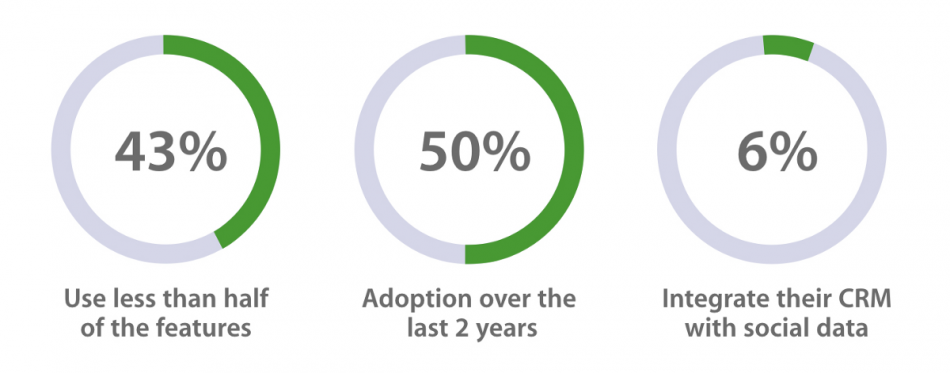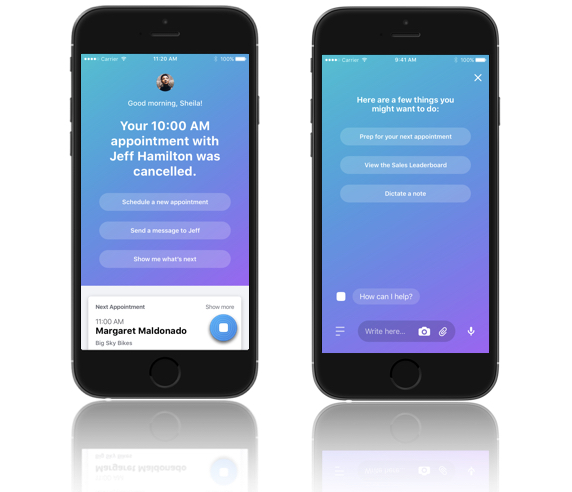Recently I was asked to speak at the NYC xCHANGE 2017 Design conference, an invitation-only event attended by creative leaders and design executives. I was one of three presenters invited to share my views on how Innovation is being carried out within the organization.
In my current role as a Director of Innovation Design at Infor Hook & Loop, I felt particularly comfortable discussing the topic since we have been focusing on products and projects that are pushing the boundaries in the enterprise software area.
Each presenter was given 30 minutes, followed by a round table discussion on the material presented. The focus of my presentation was Service Innovation Design through the lens of Project MAX, a project, my team recently completed. The presentation focused on the three aspects that are required to start building a culture of innovation in a company.
- The team: Not every team is suited to drive an innovation effort. Having the right team could give you a head start. Assemble a team of thinkers and doers and make sure they check their ego at the door. Being very opinionated may not make a candidate ideal for the job, since we are solving for the user. The teams should include a project lead, a UX lead, a UI designer, a dev lead and a developer. The team must be augmented with subject matter experts (SMEs) and, if your company culture allows it, customers.
- The project:It’s crucial to pick a project that will give you the biggest bang for your buck, if too small it is likely not to have a large enough impact and visibility, if too large the likelihood of failure is too great. Look for a project where there is a breakdown in process and offer to help solve the problem, you and your team will be greatly appreciated. If all else fails, there is always the C-Suite that would like for your team to explore a new solution for a strategic problem.
- The landscape: Just like any other product you are ready to work on, make sure you understand what you are getting into. Dive into research and conduct contextual inquiries immediately. Keep your SMEs close and tap into the various Customer Advisory Boards (CABs) and customers that you can easily reach. CABs are an invaluable resource because they spend their days working with your product and know it inside out.
In order to drive the point across I spoke about our process of innovation through the lens of Project MAX. An app originally designed to deliver a mobile CRM solution for the field sales rep.
CRM stands for Customer Relationship Management. CRM is the link between a company and an individual customer, it gives a 360• view of the customer. The better equipped a company is in anticipating the needs of its customers the better the experience it can create. CRM covers call centers, helps with the sales process, can take care of marketing for you, takes in feeds from various sources, and something that probably not everyone knows is that CRM can tie in social platforms and actively listen.

Unfortunately the stats on CRM are not encouraging. CRMs are difficult to use and many powerful features go unused. The design of these systems is not very friendly and certainly not easy to use. Which translates in a very large opportunity for UX designers.
“People don’t want a 360° view of anything. It’s too much information. They want a focused view of the relevant information.”
My team solved it by creating Project MAX a mobile web app that brings CRM to a field sales rep. Perhaps just bringing CRM to the smartphone, doesn’t do it justice since there is so much more packed in there, and also so much less. Field sales reps can finally use CRM on their smartphone.
Project MAX is based on 3 core tenets
- Collaboration: The team assembled, while experienced in their craft was not well versed in the CRM landscape therefore we augmented the team with key stakeholders and subject matter experts to gain the necessary insights. Also, at various stages of design and development we forged tight bonds with our counterparts within the organizations that could provide us with access to the various parts of CRM and other tools that we wanted to integrate in the mobile web app, to guide us and help us implement.
- Data aggregation:CRM is a wealth of data and it took the team an extraordinary effort to devise the modules that could either be powered by a single data feed or multiple feeds depending on utility. The mobile web app was designed with limited fixed components, favoring the variable widgets driven by multiple data points delivered across multiple APIs. This approach allowed us to deliver a more engaging framework and remove bloat.
- A new design concept: Our primary objective was to create a consumer grade experience to deliver support to field sales reps. We focused on providing value-in-context to the user, not CRM, but the parts of CRM needed by the user at a particular time. We pushed the design to incorporate just-in-time delivery, conversational UI, AI and machine learning. We designed variable and fixed widgets. These widgets brought high value data from different sources in digestible chunks to the user. The widgets are presented by time/date and are prioritized based on daily and timely activities.

We designed a mobile web app that delivered a unique experience to a CRM user. It features only contextual navigation accessible from the various widgets, a conversational UI driven by Coleman a powerful artificial intelligence robot designed specifically for business user, and most importantly it doesn’t have a nav. In fact all activities take place through widgets that reside over a limited amount of pages. The Coleman AI provides an exit, should one be required, and a way to get to functionality and data that may not be readily available.
There are many more features in Project MAX that are a clear departure from doing business as usual and the audience recognized it. The presentation gave the audience a glance of how, when putting the structure in place, innovation can happen even in enterprise software.

Leave A Comment